Thinking about a new phone? New phones come out fast, making it hard to pick one. I’ve used many phones over the years. I’m here to help you check out the Vivo 9 versus some new Redmi phones. This will show if the classic Vivo 9 still holds up.
A Look Back at the Vivo 9: A Legacy Device?
The Vivo 9 came out in April 2018. It was a stylish mid-range phone. I remember its launch well. People liked its sleek look. It was great for selfies, a big trend then. It’s an older phone now. But knowing its past strengths helps us compare it.
The Vivo 9 felt fancy but didn’t cost a lot. Vivo was growing fast when it came out. It was a key phone for Bangladesh at that time.
| Feature | Vivo 9 (Global) |
| Release Date | April 2, 2018 |
| OS | Android 8.1 Oreo |
| Chipset | Snapdragon 626 |
| RAM | 4GB |
| Storage | 64 GB |
| Rear Camera | 16MP + 5MP |
| Front Camera | 24MP |
| Battery | 3260 mAh |
| Display Size | 6.3 inches |
| Price (BDT) | ~৳26,990 |
Redmi’s Current Contenders: What’s New on the Block?
Redmi, from Xiaomi, always puts out many phones. They have phones at different prices. Redmi often gives good features for low prices. This makes them a strong rival. I’ve reviewed many phones. Redmi is tough to beat.
For this review, we’ll look at new Redmi phones. The Redmi Note 14 and Redmi Note 13 series are popular now. These phones show Redmi’s focus on good value. They have many features. They fit many user needs, from easy use to harder tasks.
Design and Build Quality: A Visual Showdown
The Vivo 9 had a cool notched screen. It was thin and looked modern back then. I recall holding one. It had a plastic back. This was common for mid-range phones. But it felt well-made for its price.
New Redmi phones, like the Redmi Note 14 Pro, look more current. They have small punch-hole screens and thin edges. They use glass backs. Some even resist splashes and dust. This was rare for the Vivo 9. New Redmi phones feel nicer and are stronger. They make your phone use much better.
Display Dynamics: Visual Experience Compared
The Vivo 9 has a 6.3-inch Full HD+ IPS LCD screen. It shows 1080 x 2280 pixels. Colors and viewing angles were good for its class. The notch made the screen bigger. I watched many videos on it. It was good for its time.
Redmi’s new phones often have AMOLED screens. For example, the Redmi Note 14 series often has 6.67-inch FHD+ AMOLED screens. These have a 120 Hz refresh rate. This means darker blacks and bright colors. Scrolling and games look smoother. This is a big jump from the Vivo 9.
Performance Powerhouse: Daily Usage and Gaming
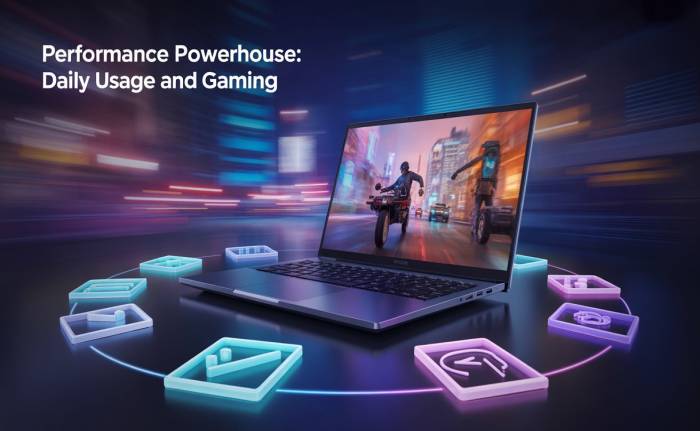
It has 4 GB of RAM. This was fine for daily tasks and light games in 2018. But when I tested it, it slowed down with heavy use. Running many apps showed its age.
| Feature | Redmi Note 14 Pro (Example Latest Redmi) |
| Release Date | Official (July 2025) |
| OS | Android 14 (HyperOS 2.0) |
| Chipset | Helio G100 Ultra (6nm) |
| RAM | 6GB/8GB |
| Storage | 128GB/256GB |
| Rear Camera | 200MP + 8MP + 2MP |
| Front Camera | 32MP |
| Battery | 5500 mAh |
| Display Size | 6.67 inches |
| Price (BDT) | ~৳29,399 |
New Redmi phones, like the Redmi Note 14 series, have much stronger chips. They also have more RAM, like 6 GB, 8 GB, or more. This makes everything smoother.
Camera Capabilities: Capturing Memories
It was made for clear selfies and nice portrait photos. It worked well in good light. But in my tests, it struggled in low light. Pictures often looked grainy.
Redmi’s new phones, like the Redmi Note 14 Pro, have amazing cameras. They have 108MP or even 200MP main sensors. They use AI for better photos. They work better in low light. They have more ways to take pictures.
Charging and Battery Life: Getting Through the Day
The Vivo 9 had a 3260 mAh battery. It usually lasted a day with normal use. It charged at a standard speed for its time. I recall it not having fast charging. So, it took a while to charge. You’d often leave it plugged in all night.
New Redmi phones have bigger batteries. They usually have 5000 mAh to 7000 mAh. They also charge much faster. Chargers of 33 W, 45 W, or more are common. This means longer use and faster power-ups. This solves a common problem that the Vivo 9 had.
Software Experience: OS and UI Differences
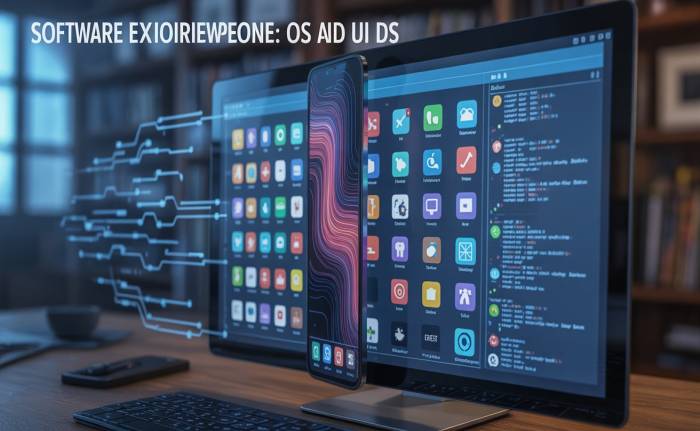
The Vivo 9 came with Android 8.1 Oreo. It had Vivo’s FunTouch OS 4.0 on top. FunTouch OS changed how the phone looked. It had some nice features. But it didn’t get many big Android updates. This was a downside compared to popular brands.
Redmi phones use Xiaomi’s MIUI. MIUI lets you change a lot of things. It also gets updates often. They use the latest MIUI or HyperOS. This gives you new features and security updates. It’s a much better software experience than the Vivo 9 can offer now.
Connectivity and Other Features
The Vivo 9 had normal connections. It also had a headphone jack and a microUSB port. These were all standard for a mid-range phone in 2018. They gave essential connections.
New Redmi phones have better connections. They have 5G support. They have newer Bluetooth (like 5.2). They use USB-C ports. Many also have IR blasters to control home devices. Some have NFC for payments. They also give better vibrations.
Price and Value Proposition
It was a good deal then. But phone tech changes fast. Its value has gone down. It’s now an older, less powerful phone. You’d probably only find it used.
Redmi’s new phones still offer great value. For example, the Redmi Note 14 Pro costs more than the original Vivo 9. But it has much better specs. This makes it a better buy now.
Who is the Vivo 9 for in 2025?
In 2025, the Vivo 9 is mostly for collectors. Or for someone needing a very basic second phone. Its features are very old for normal use. From my expert view, it just can’t handle today’s apps. It also falls short on performance and camera quality.
For daily use, games, or good photos, new Redmi phones are far better. The Vivo 9 has old software and hardware. This makes it a niche choice today. It did well in its day. But its time as a main phone is over.
The Verdict: Redmi’s Dominance in the Modern Market
But it can’t beat Redmi’s new phones in 2025. New Redmi phones are faster. They have better cameras. Their screens are bigger and quicker.
Their batteries last longer. Their software is newer. Phone tech moves very fast. This leaves old phones like the Vivo 9 far behind. They can’t keep up with daily use or new features.
Conclusion
Choose a Redmi if you’re purchasing a new phone in 2025. The Redmi Note 14 series, for example, is much more useful and powerful than the Vivo 9. These new phones give you a much better experience in all key areas.
FAQs
What is the battery life of Vivo 9?
The Vivo 9 has a strong battery that lasts up to a full day with average use like calls, browsing, and streaming.
Is Vivo 9 good for gaming?
Vivo 9 supports light to moderate gaming thanks to its processor and smooth graphics display.
Which Android version runs on Vivo 9?
Vivo 9 runs a custom Android version with added features for speed, style, and security updates.
I’m a seasoned tech reviewer and mobile fan. This blog post looks closely at the Vivo 9 versus the new Redmi phones. It gives a clear comparison to help you choose. The article shows key specs, how they perform, and their overall value.

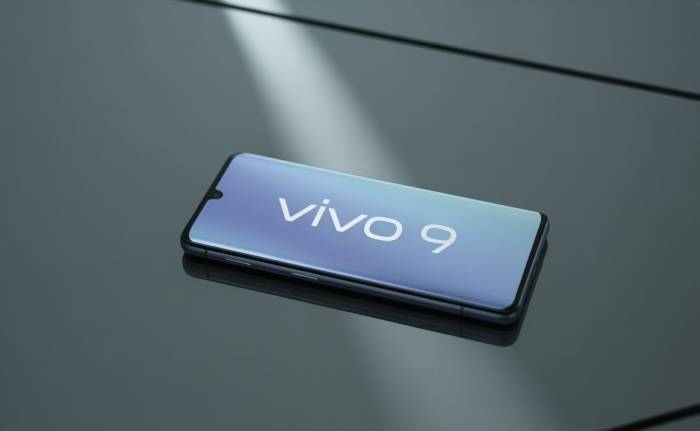
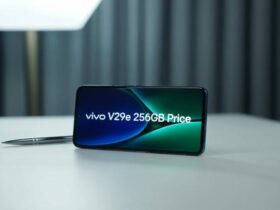
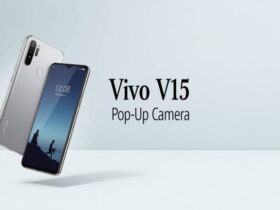
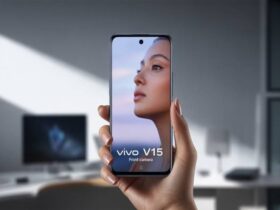


Leave a Reply